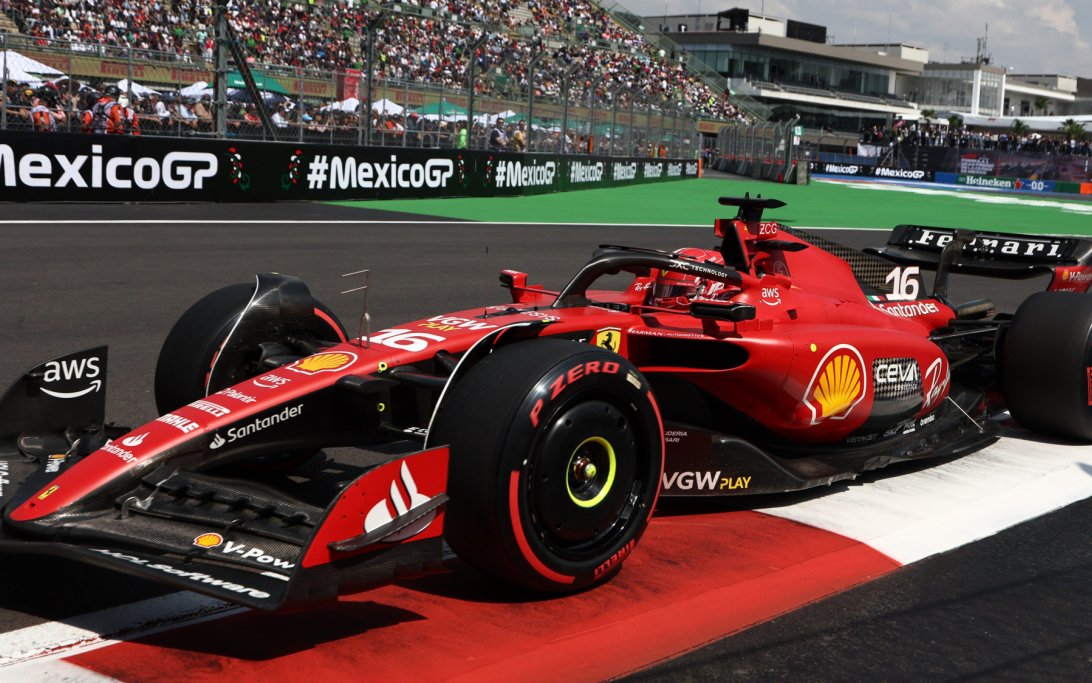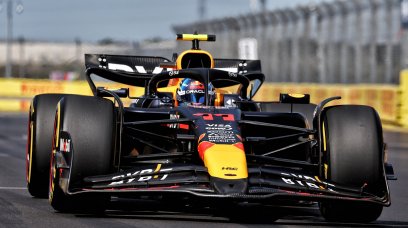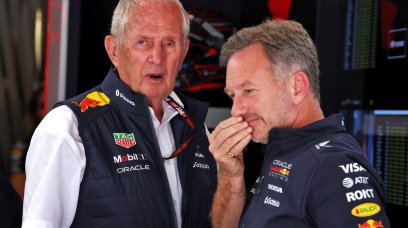When F1 comes to Mexico City, one thing guaranteed to be written is that teams can run Monaco wing-levels, but only generated Monza levels of downforce.
Mexico City is some 2240m above sea level, meaning air density is about 78% of the usual level found at sea level, meaning there is less air for the power units, brakes and other gubbins in the car to be cooled.
It also places more work onto the turbocharger which must spin faster to feed in the same amount of air as usual.
This leads to higher temperatures and cooling comes at a premium.
As such, teams will generally not bring big performance upgrades to their machines for the trip to the Autodromo Hermanos Rodriguez, instead bringing their maximum cooling packages to try and filter as much air into the important bits as they can.
Ahead of the 2024 race, this trend has continued with only two teams bringing pure performance upgrades - McLaren and RB to their floors - with most of the attention being placed on the oldest rule in motorsport: To finish first, first you must finish.
Viewed by others:
Cooling upgrades key
A majority of teams have deployed circuit specific upgrades to open the cooling louvres on their car - usually on the engine cover.
These will be seen as the giant vents on the side of the cars, usually with dry ice being blown into them in the garage or on the grid to try and keep those temperatures down.
Red Bull's explanation is common-place among all teams.
Explaining its circuit-specific engine cover, Red Bull wrote that: "Given the ambient conditions unique to this track, RBR need a larger PU cooling exit and have chosen to alter the central part of the topbody to achieve the anticipated capacity."
In layman's terms, it means they have opened up the engine cover to allow more air to reach and cool the power unit.
Also interesting:
Join RacingNews365's Ian Parkes, Sam Coop and Nick Golding, as they look back on the US GP and look ahead to this weekend's race in Mexico City. Max Verstappen and Lando Norris' Turn 12 incident is a key talking point, as is the narrative change in both F1 championships.
Rather watch the podcast? Then click here!
Don't miss out on any of the Formula 1 action thanks to this handy 2026 F1 calendar that can be easily loaded into your smartphone or PC.
Download the calenderMost read
In this article












Join the conversation!